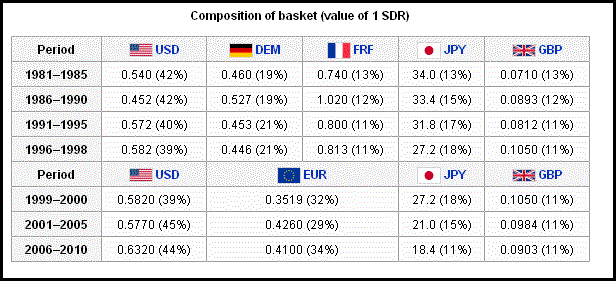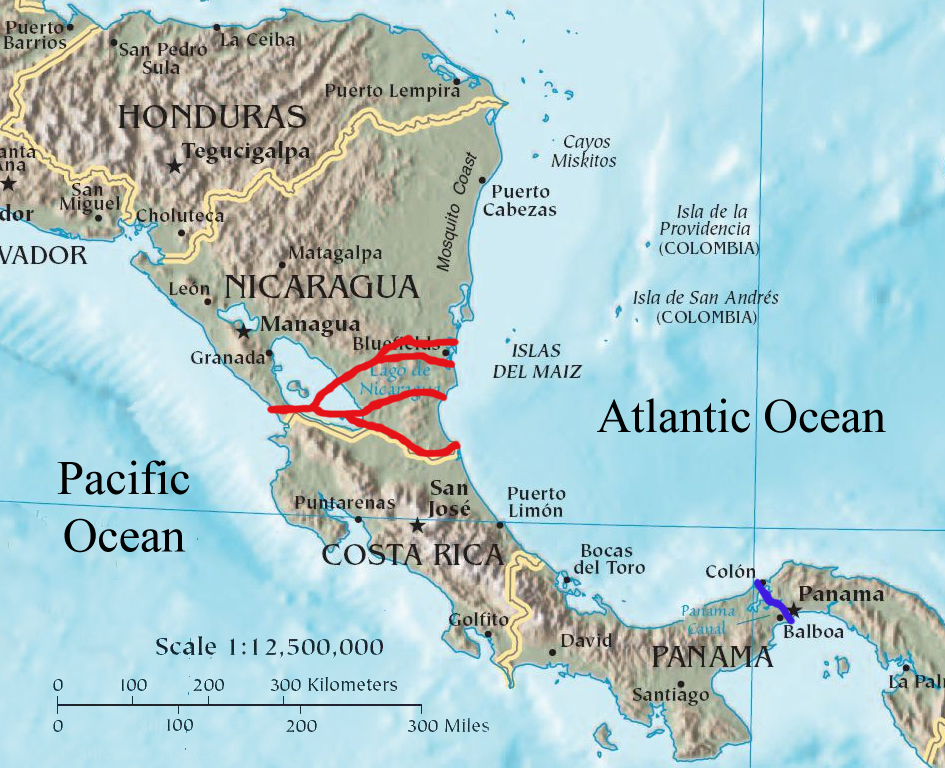China Proposals Impact Global Currencies
Post on: 2 Сентябрь, 2015 No Comment

Posted August 28, 2009
China is indicating it may place curbs on its country’s production leading to a higher valued yen against the euro. The Mexican peso and Canadian dollar fell against the US dollar as oil prices decline. Most Latin American currencies weakened against the greenback.
The yen strengthened for the third straight day against the euro as China proposes economic curbs on what it sees as over-capacity production in the country. China has been discussing the possibility of putting a halt on credit expansion leading to a great deal of uncertainty as to what the final outcome will be.
On addition, Japan’s July joblessness rate rose to 5.5 percent. In the prior month the unemployment rate was at 5.4 percent.
The Japanese yen rose to 133.59 yen per euro. The yen also rose against the UK pound to 152.20 pence per pound. A report on UK home prices to be released is expected to show a decline in the rate of home price increases.
One of the problems governments face is the intrusions into markets has established scenarios with unpredictable outcomes. For example, the UK expansion of the quantitative easing program has injected yet more money into markets that some believed did not need the stimulus. In another stimulus program, the US cash-for-clunkers program encouraged consumers to buy autos using government credits giving the American auto dealers a one-time boost in sales. Some are now saying the expired program will actually lead to lower sales the rest of the year.
The Japanese yen rose against the US dollar also to 93.73 yen per dollar. The US dollar advanced against the euro to $1.4251 and against the UK pound to $1.6232. The dollar also strengthened against the Australian dollar reaching 82.69 US cents.
The second quarter GDP numbers for the US were revised downward and now show a 1.5 percent annual contraction. Clearly the recession continues though easing.
There are new calls for global currency reserves that are not dollar denominated. Japan’s opposition party is saying there should be a new regional Asian currency account and French President Nicolas Sarkozy said this week the world cannot rely on a single dominant currency for economic stability. Though he did not mention the US dollar, the message by the Western leader was loud and clear. Global attention is also turning to the trade imbalance between China and the US impacting the value of the US dollar.
The Mexican peso declined for the third day in a row after oil prices fell in response to figures showing an increase in crude oil inventories. The peso fell to 13.1590 pesos per dollar. Oil fell to $71.34 a barrel.

Columbia’s peso also weakened as oil prices declined. The peso fell to 2,036.06 pesos per dollar. The Argentinean peso, on the other hand, strengthened to 3.8484 against the US dollar as food exports are expected to grow.
The Chili peso weakened to 548.05 pesos per dollar and the Venezuelan bolivar fell to 6.49 bolivars per dollar. The Peruvian sol remained about the same at 2.9575 sol per dollar.
Canada’s dollar fell again against the US dollar as crude oil prices dropped. Investors are seeking safe haven again and moving money into the Japanese yen as commodity prices shift downward. The loonie fell to 91.12 US cents or C$1.0974.
The Canadian dollar has been the worst performing currency in August against the US dollar among major global currencies. Canada recently held a bond auction and sold C$500 million worth for a 1.78 percent yield. The successful auction was good news because the last auction returned tepid results
The loonie is expected to fall further against the US dollar by the end of the year.














